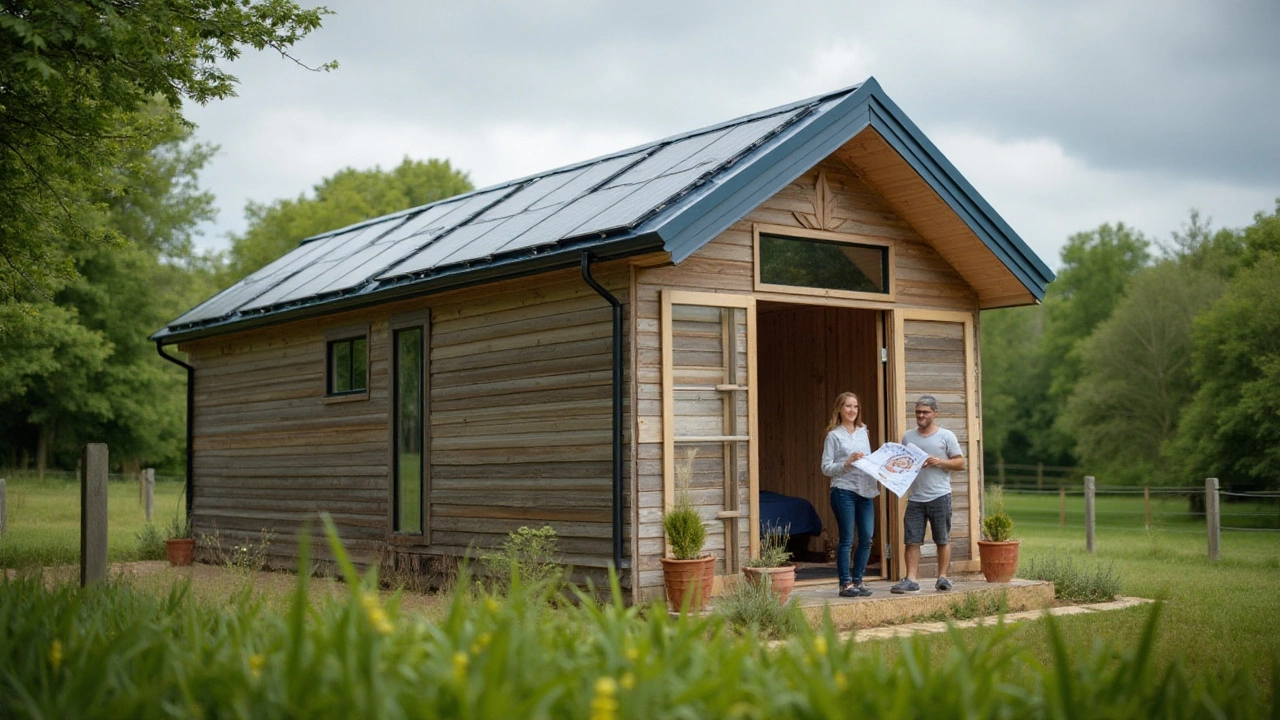Cost‑Effective Housing: Save Money While Upgrading Your Home
If you’re looking to stretch your budget, start with the basics that give the biggest return. Small changes to flooring, storage, and maintenance can keep your house comfy and cheap to run.
Pick Flooring That Looks Great Without Breaking the Bank
Flooring sets the tone of a room, but you don’t need marble to feel upscale. Engineered hardwood offers the warm look of solid wood at a fraction of the price, and it’s easy to install yourself. Luxury Vinyl Plank (LVP) is another winner – it mimics stone or wood, resists water, and lasts for years. Both options are DIY‑friendly, meaning you skip labor costs.
When you shop, compare the cost per square metre and watch for sales. Many retailers offer trade discounts online, so a quick search can shave off 10‑20 % of the price. Don’t forget to factor in underlay; a good underlay adds comfort, reduces noise, and protects the sub‑floor, saving you headaches later.
Smart Storage and Simple Repairs Keep Costs Low
Clutter makes a home feel smaller, but clever storage can free up space without a pricey remodel. Built‑in shelves, wall‑mounted cabinets, and hidden compartments in furniture all use existing walls, avoiding new construction. A few tension rods under the sink or a pegboard in the garage can hold tools, cleaning supplies, or kitchen gadgets neatly.
Regular maintenance is cheaper than big fixes. Check for foundation cracks early – a small gap can be sealed with epoxy, preventing water ingress and costly underpinning later. Likewise, keep an eye on moisture. If you spot mold, improve ventilation and use a dehumidifier. Quick action stops health risks and expensive removal jobs.
When you plan a renovation, list every task and assign a realistic budget. Prioritise items that add value, like kitchen upgrades or bathroom fixtures, before cosmetic changes. Use price‑checking apps to compare quotes from local contractors; you’ll often find a reliable pro who charges less than the big firms.
Don’t forget DIY power tools. A basic drill, circular saw, and level can handle most small projects, from hanging shelves to laying LVP. YouTube tutorials break down each step, so you don’t need a professional for every job.
Energy efficiency is another money‑saving area. Replace old light bulbs with LED equivalents, seal drafty windows with weatherstripping, and add a programmable thermostat. Each tweak reduces utility bills, and the savings add up quickly.
If you’re buying a new build, ask about the warranty on flooring and structural work. A solid warranty protects you from unexpected repair costs for the first few years, giving peace of mind and protecting your investment.
Finally, track your spending in a simple spreadsheet. Recording material costs, labor, and unexpected expenses helps you stay on budget and spot areas where you can cut back next time.
By focusing on affordable flooring, smart storage, early repairs, and DIY skills, you can make your house more comfortable without draining your wallet. These straightforward steps let you enjoy a well‑maintained home while keeping the bills low.
Affordable Homes: A Guide to Cost-Effective New Builds in 2025
- Gavin Whitaker
- |
- |
- 0
In 2025, building a home on a budget has become increasingly feasible with advancements in materials and technology. This article explores various cost-effective home building options ranging from modular and tiny homes to the use of sustainable materials. It offers practical tips and insights into the cheapest methods to construct a home without sacrificing quality or functionality. Discover how innovative design and strategic planning can turn a dream home into a reality without breaking the bank.
View more